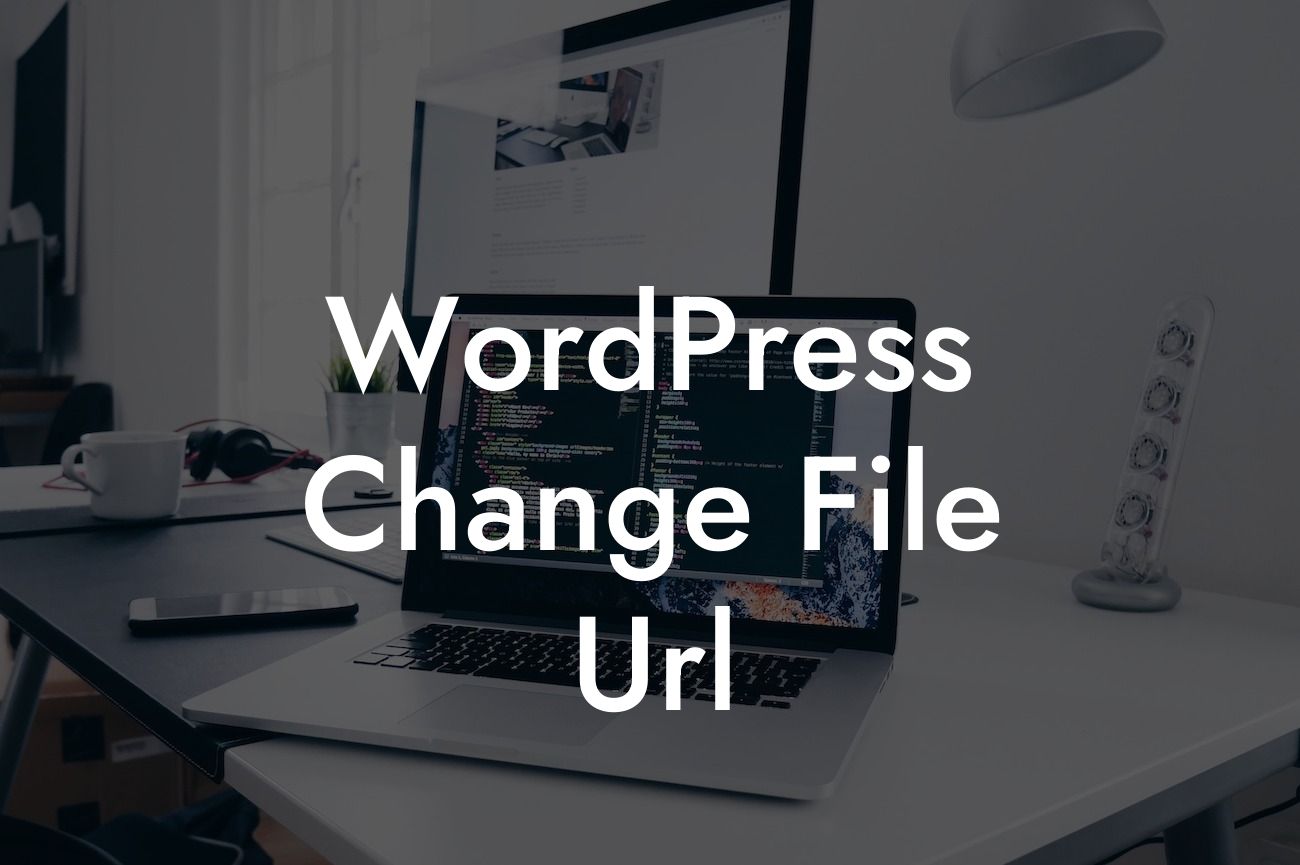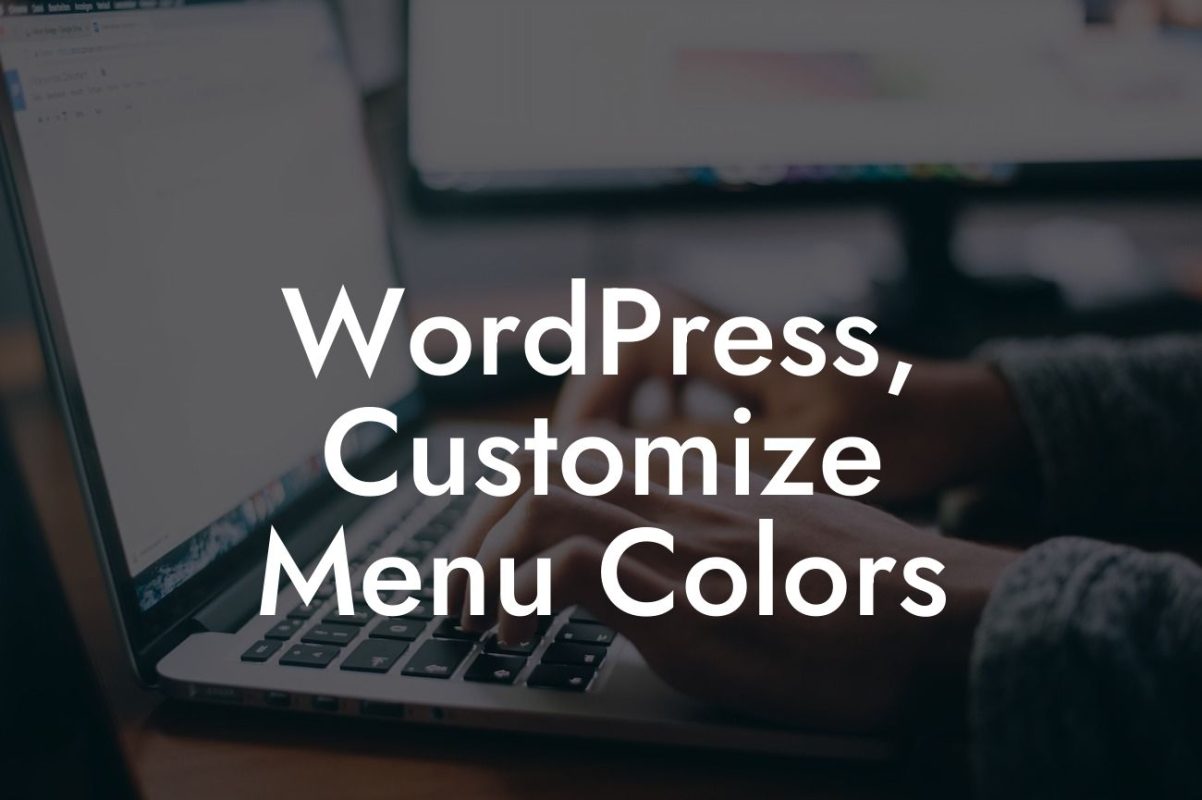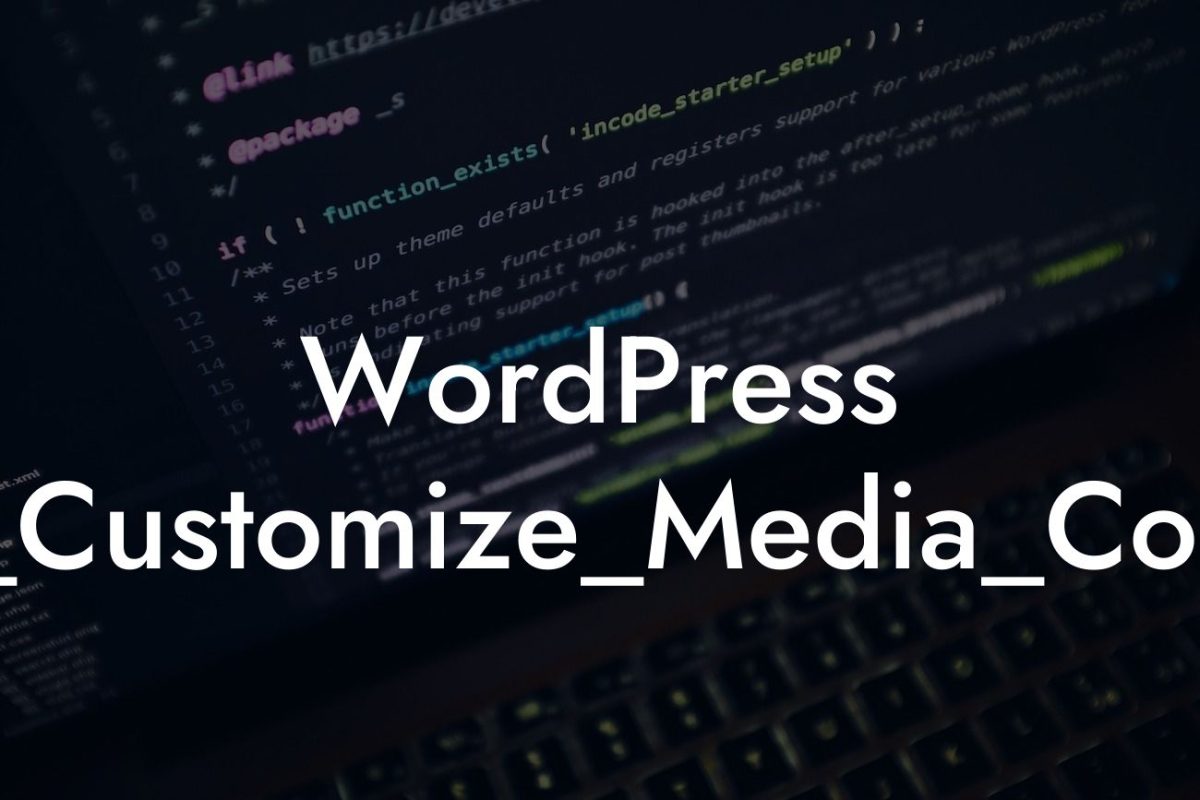In today's digital age, having a strong online presence is essential for small businesses and entrepreneurs. WordPress is one of the leading platforms that powers millions of websites, providing a versatile and user-friendly interface. However, when it comes to optimizing your website for SEO, one crucial aspect is often overlooked – the file URLs. In this article, we will guide you through the process of changing file URLs in WordPress, empowering you to take full control of your website's file structure, improve SEO, and enhance user experience.
Changing file URLs in WordPress can significantly impact your website's performance and discoverability. By adopting a strategic approach, you can optimize your file structure, make it more user-friendly, and boost your search engine rankings. Let's look at the steps below to get started:
1. Analyze your current file URLs
- Check your website's existing URL structure and analyze its impact on SEO and user experience.
- Identify any URLs that may be too long, contain irrelevant keywords, or lack proper formatting.
Looking For a Custom QuickBook Integration?
2. Plan your new file URL structure
- Develop a logical and organized structure for your file URLs.
- Consider your website's navigation, content categories, and target keywords.
- Aim for short, descriptive, and keyword-rich URLs that are easy for both users and search engines to understand.
3. Install a WordPress plugin for URL rewriting
- To change your file URLs efficiently, leverage the power of WordPress plugins.
- There are various plugins available, such as "Permalink Manager Lite," that offer comprehensive URL rewriting functionalities.
- Install and activate the plugin of your choice to proceed.
4. Configure the plugin settings
- Once installed, navigate to the plugin settings page.
- Customize the settings according to your desired file URL structure.
- Ensure that the plugin supports redirects for old URLs to maintain SEO value and avoid broken links.
5. Update internal links and media references
- Changing file URLs may impact your internal links and media references.
- Identify and update any links or references that point to the old URLs to ensure a seamless user experience and maintain link equity.
Wordpress Change File Url Example:
Let's consider an example. Suppose you have a small retail business selling handmade jewelry. Your current file URLs are structured like this: www.yourwebsite.com/shop/products/handmade-jewelry/necklaces/12345
To improve your SEO and user experience, you decide to change your file URLs to a more descriptive and concise format: www.yourwebsite.com/necklaces/12345. By doing so, you make it easier for search engines to understand your content and enhance the user's journey throughout your website.
Congratulations! You have successfully learned how to change file URLs in WordPress. By optimizing your file structure, you have taken the first step toward improving your website's SEO, enhancing user experience, and boosting your online presence. At DamnWoo, we understand the importance of customization and empowering small businesses and entrepreneurs. Don't miss out on exploring our other guides on DamnWoo and trying out our awesome WordPress plugins. Share this article with others who can benefit from it, and let us know your thoughts and experiences in the comments below. Together, let's embrace the extraordinary and take your online success to new heights.













